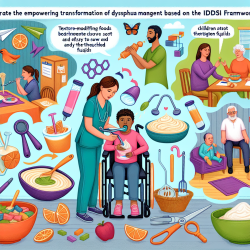Introduction
The Stark Law, a crucial regulation in the healthcare sector, governs physician self-referrals to entities where they have a financial interest. This law aims to prevent overutilization and reduce healthcare costs. The research article "The Stark law, from inception to COVID-19 blanket waivers: a review" provides an insightful overview of the law's evolution and its temporary modifications during the COVID-19 pandemic.
Evolution of the Stark Law
Initially introduced in the 1980s, the Stark Law has undergone several amendments. Stark I focused on laboratory services, while Stark II expanded to include Designated Health Services (DHS). Over the years, legislative changes, including the Affordable Care Act, have further refined the law to adapt to the evolving healthcare landscape.
COVID-19 Blanket Waivers
The COVID-19 pandemic necessitated flexibility in healthcare regulations. The Centers for Medicare & Medicaid Services (CMS) issued 18 blanket waivers under the Stark Law to address these needs. These waivers allowed healthcare providers to navigate financial relationships and self-referrals without facing penalties, thus ensuring continued care during the pandemic.
Key Takeaways for Practitioners
- Understand the core elements of the Stark Law, including physician, referral, DHS, entity, financial relationship, exceptions, and penalties.
- Familiarize yourself with the COVID-19 blanket waivers, which provide temporary relief from certain Stark Law requirements.
- Stay informed about potential future amendments to the Stark Law that may arise from ongoing healthcare challenges.
Encouragement for Further Research
Practitioners are encouraged to delve deeper into the Stark Law and its implications. Understanding the nuances of this law can aid in ensuring compliance and optimizing patient care. The research article serves as a comprehensive resource for those interested in exploring the legal and practical aspects of the Stark Law.
To read the original research paper, please follow this link: The Stark law, from inception to COVID-19 blanket waivers: a review.










